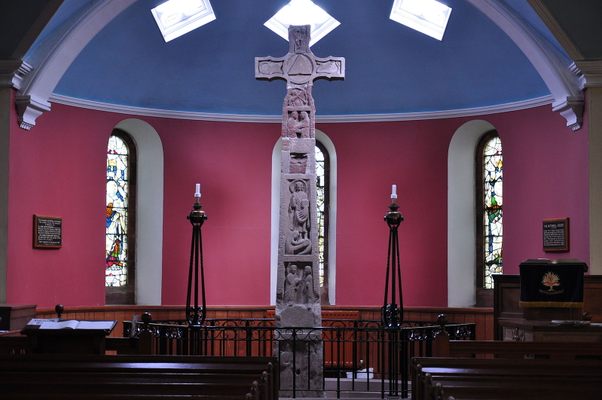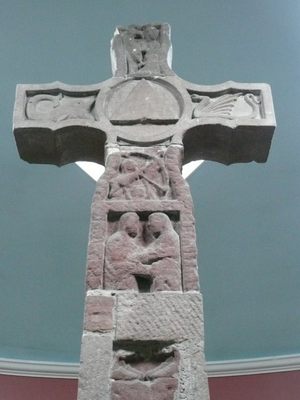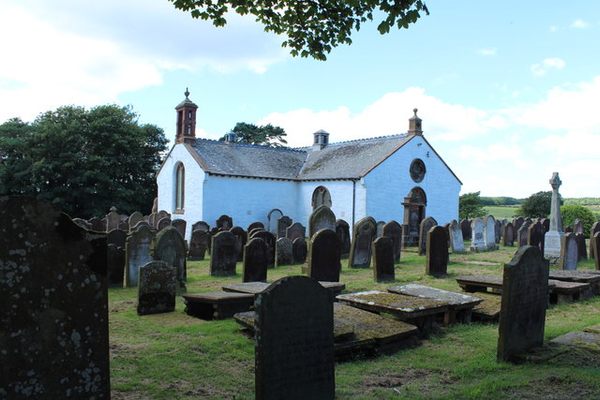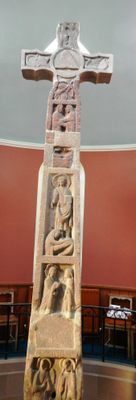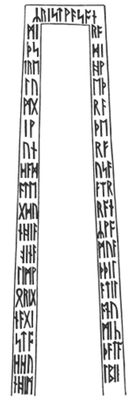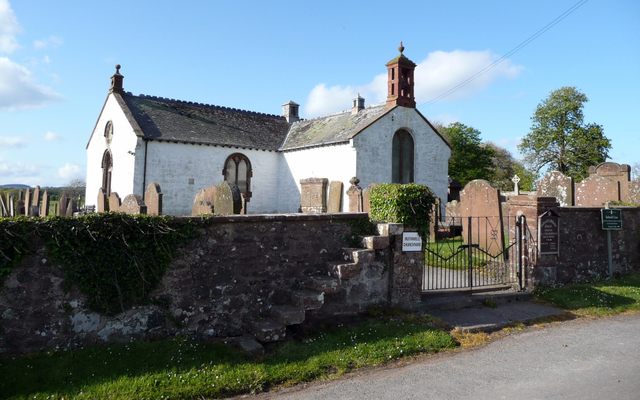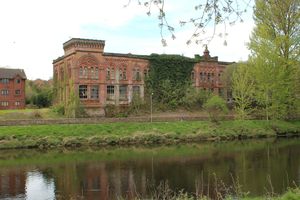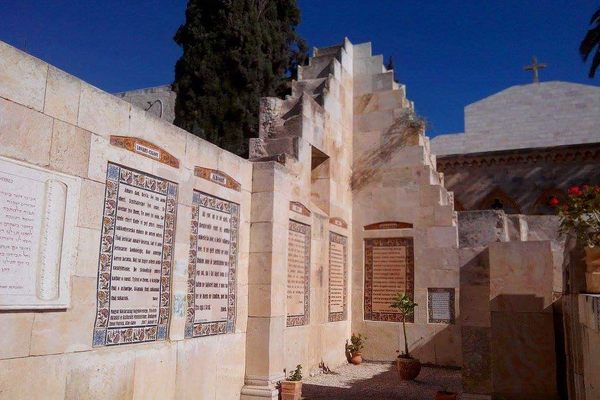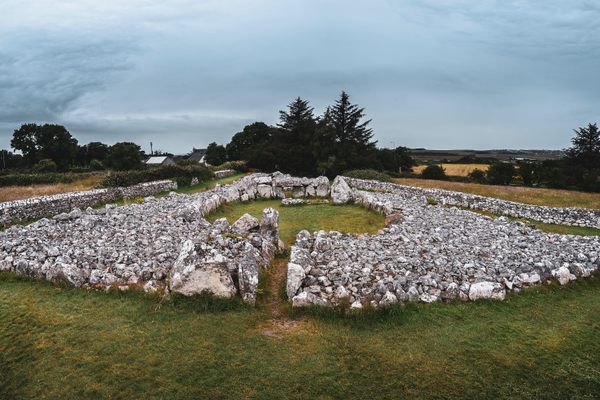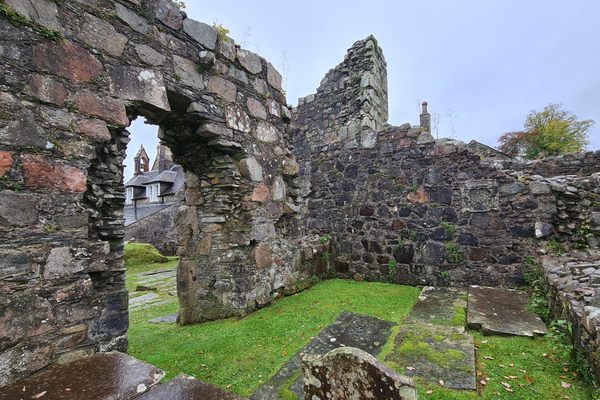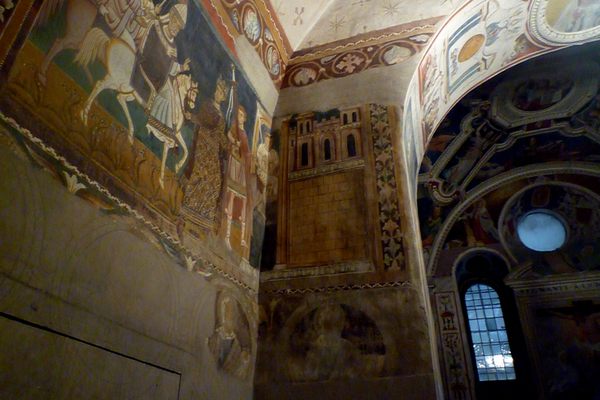About
Is this ancient stone cross, tucked in the apse of a small Scottish village church, the source of the oldest work of literature in the English language?
The Ruthwell Cross is an 18-foot-tall Anglo-Saxon cross dating to the 7th or 8th century, beautifully carved on two sides with worn images of Jesus Christ and religious symbols, along with descriptions, in Latin, of the scenes they are intended to depict.
With carvings so sophisticated they have been the subject of scholarly study for centuries, the cross is considered one of the most wonderful and impressive early Anglo-Saxon monuments from the golden days of the Kingdom of Northumbria, which once covered northern England and southern Scotland.
But it's the runic inscriptions carved on alternating sides that shroud the cross in mystery. The runes depict vine and animal motifs common to other Anglo-Saxon monuments, although it's unusual to find the runic alphabet on a Christian monument. These runic inscriptions contain a portion of "The Dream of the Rood," (“rood” meaning cross), which is in the running as the oldest English poem.
The full text of the poem is recorded in the 10th century manuscript the Vercelli Book, but fractions of it are also carved in the Ruthwell Cross in runic characters. The question has always been: Did the poet find the text on the cross, or was the cross carved with the runes at a later date? No one really knows. But if the runic inscription is original to the cross, then this carving might indeed be the oldest known work in the canon of Old English literature.
The cross was smashed to pieces during the Protestant Reformation, then reconstructed with some of its original pieces in the early 19th century. This only added further mystery to the Ruthwell Cross, as no one is sure that it is properly put together.
Related Tags
Know Before You Go
The Cross can be seen during church hours. However, Ruthwell Church is an active place of worship, so all visitors should be respectful of this. The Cross can also be viewed when the church itself is closed. There is a small sign on the door that indicates that the church key can be collected at the manse bungalow. The bungalow is the closest building to the church and there is a small box at the front of the building, labeled "church key," which contains the key.
NEW - Flavors of Scotland: Beyond the Haggis
Smoked seafood, single malt whisky, and warm hospitality.
Book NowCommunity Contributors
Added By
Published
February 3, 2017
